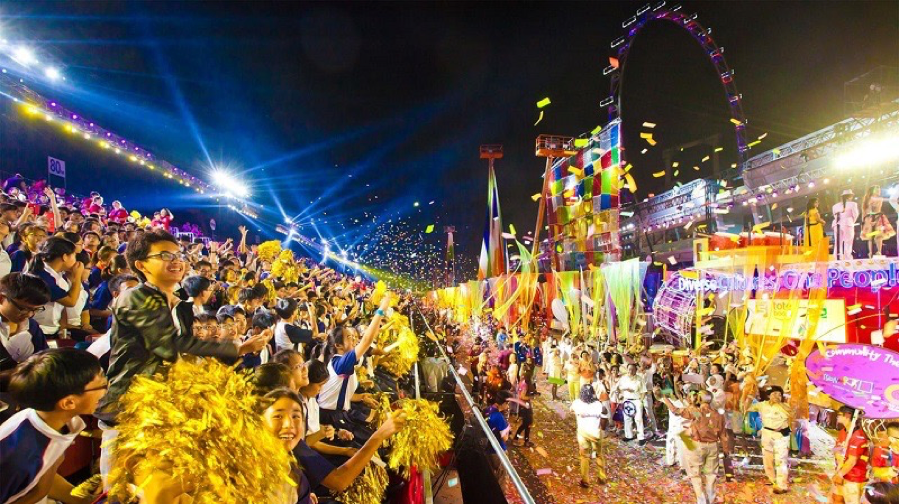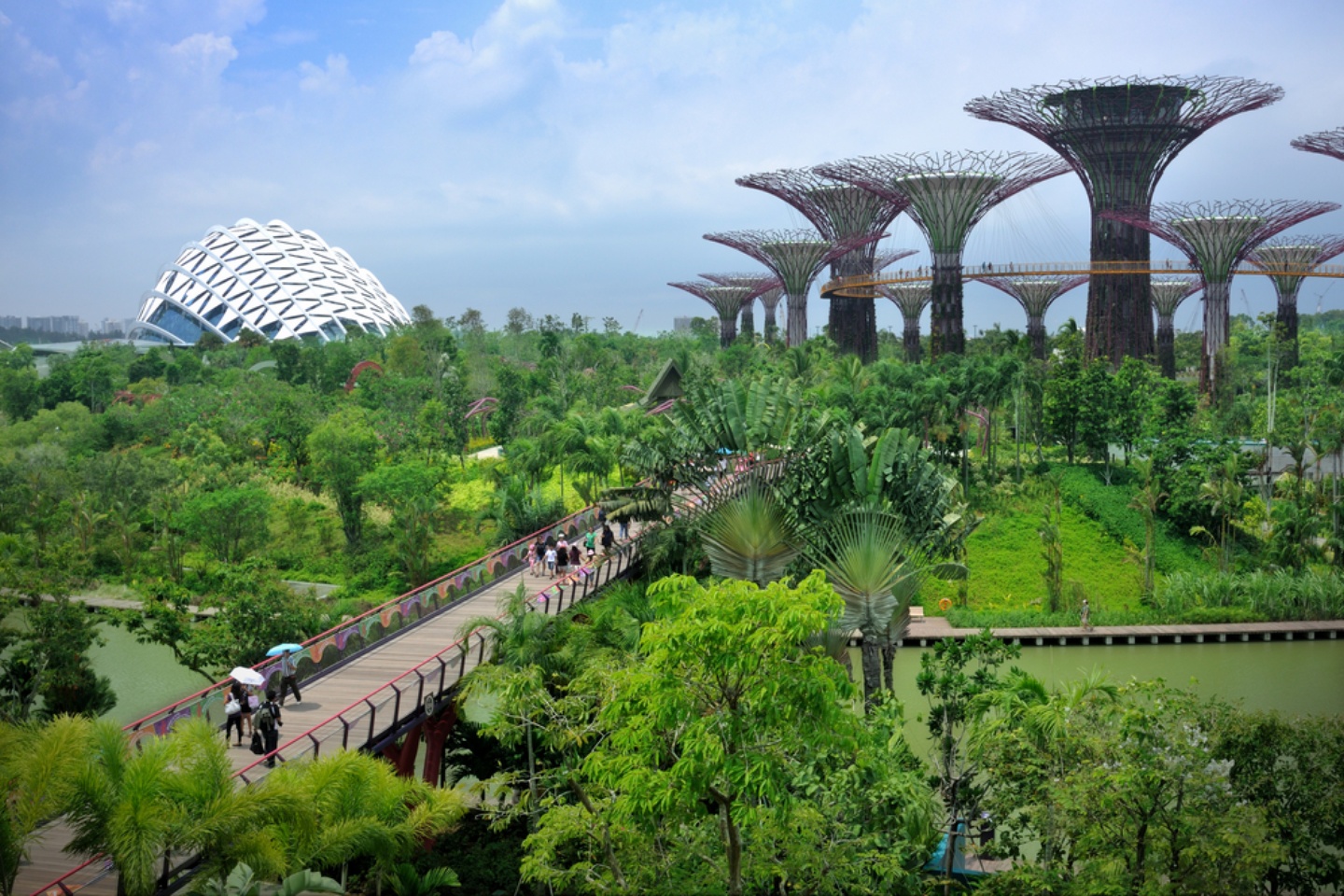Green urbanism provides not only environmental, social, educational and cultural benefits but also significant economic benefits. With increasing urbanisation, most cities globally are facing the challenge of pollution, global warming, food supply and insecurity. The poverty in cities in developing countries is still a major issue, for which policymakers need to find solution. In the biophilic city, there are several benefits which impacts directly and indirectly on the economy (Freytag 2014).
The first economic benefit arised from the potential for working productivity to increase. When workers have a comfortable and motivational work environment, the air quality will increase, physical and mental health will create the good feeling and energy to boost working ability (SBErnc 2013). Therefore, the working productivity will increase. In addition, nature may create the comfortable context to build beneficial relationships between employees as well as customers. Employees’ behaviour and the workplace atmosphere will be ones where it is easy to talk and work, where staff have better motivation to have effective working results (Lehrer 2009). The employers also can have better employee’s focusing if they are in a good mood and pay attention to the speaker in stead of being distracted by the surrounding environment. Besides, with the efficient workplace conditions, a biophilic city not only increases productivity, but can also reduce absenteeism and healthcare costs by increasing employee wellbeing (SBErnc 2013).
Secondly, with the green roofs and green walls, the direct costs could be decreased because of the building’s energy efficiency, water management, space efficiency, and sound insulation. Energy cost and supply ability are more critical challenges in the next century as the limited of natural resources for energy. Water management is also another issue of the urbanization as the demand is always higher than the suppy chain availability. Therefore, saving energy and water costs and resources is of economic benefit for the investment in the biophilic design (Jayasooriya et al. 2017).
Thirdly, another important economic benefits is the biophilic design itself which helps to reduce significant concrete and steel urban infrastructure by innovative and well-integrated green form of urban nature to reduce the energy, water, heat, pollution but still keep the aesthetic, liveable, attractive designs with cheap and sustainable architectures. The replacement of the construction material by the local and natural resources such as bamboo (Green School 2020) is the sustainable way to reduce the transportation cost as well as the tranditional building material. The biophilic design ensures urban environments remain strong in construction but benefits future residents and environments.
Next, indirect income could be earned from the vertical urban farming or roof top farming by increasing the food production in the city. These are different forms of urban agriculture that are one main part of the biophilic city. Urban farming helps to shorten the food miles of the cities’ demands but also reduces the cost for the fresh food supply (Steele 2017). For people participating in community farms or farming cooperatives, the food they grow replaces food they would have purchased; therefore, it could save a significant amount of money. The growing, processing and delivering of food is one of the most important human needs of urbanization and is increasing fast in cities. Therefore, urban agriculture is emerging as part of the biophilic approach (FAO 2019).
In terms of growing food in urban areas such as vertical farming, the water and energy use could be reduced to 95% compared with traditional farming and it helps to reduce the farming cost (Aero Farms 2019). The social benefits of urban agriculture in relation to employment also have beneficial economic effects due to the potential for job creation hence reducing the unemployment rate (RUAF 2019). Additionally, urban agriculture also helps the reduction and generation of waste by utilising the organic waste for the farm at the same time reducing the transportation and food waste from rural farming (FAO 2019).
Last but not least, direct income may be generated from tourists’ attraction to a biophilic city and its green lansdscape, rich culture and attractive architectures. According to the Singapore Government, in the year 2018, approximately 18.5 million international tourists visited Singapore where they spent a total S$27.1 billion. This number represented a 6.22% increase on the numbers in 2017, when 17.4 million tourists visited Singapore and then continue to increase in 2019 (Singapore Tourism Statistics 2020). Similarly, other cities in Europe such as Paris, Copenhagen or Amsterdam are not only famous for romatic architecture but are also attractive tourist destinations because of green and natural environments. Copenhagen and Amsterdam are the two cities which are famous as low carbon cities and sustainable transport where people mostly use a bicycle for their daily transportation. According to the Guardian, 50% of trips in Copenhagen were accounted for by bycicle and 48% in Amsterdam (Guardian 2016). The above facts and figures indicate that the biophilic designs and green architectures play an crucial role in the economics of the biophilic city.

Part 1 here: https://phanexperience.com/?p=514
Part 2 here: https://phanexperience.com/?p=518
